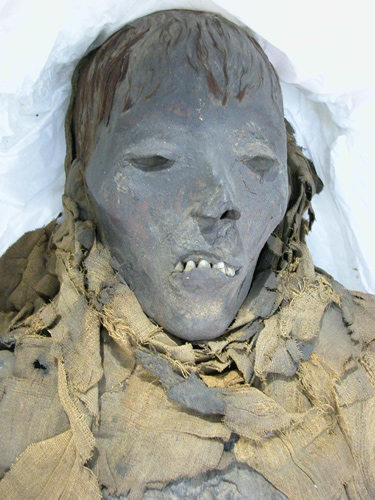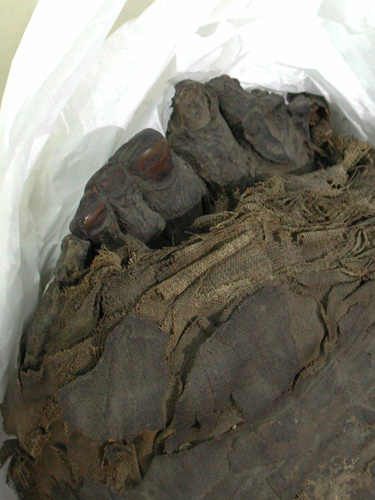Mummy

Mummies and mummy cases, coffins, and sarcophagi are important to the study of ancient Egyptian concepts of the afterlife. Currently, most of the world’s renowned museums have ancient Egyptian artifacts in their collections, especially mummies, which are visitor favorites. The British Museum’s touring exhibitions of Egyptian artifacts were unprecedented occasions in Japan and Shanghai. At the turn of the millennium, the National Museum of Natural Science held the Ancient Egypt special exhibition. Over a period of three months, it attracted nearly 500,000 visitors. In addition, The Quest for Immortality: Treasures of Ancient Egypt special exhibition, which took place in Washington, D.C., ranked first among all summertime exhibitions in American museums that year. Obviously, among the general public, there is a desire to view and even own ancient Egyptian artifacts, such as coffins and mummies.
After a correspondence marathon that lasted over a decade and involved numerous letters, faxes, and e-mails, Huang Cheng, a woman of Chinese descent living in France and an expert on ancient Egypt, helped with the sale at below market price of an ancient Egyptian sarcophagus and a mummy from the private collection of someone she knew to the National Museum of Natural Science for collection, research, and permanent display, with authenticity certified by an expert and free export certificate. The following descriptions are from the Department of Anthropology, based on an Egyptian archaeological viewpoint, and an appraisal provided by Professor Poo Mu-Chou, an Egyptologist at the Institute of History and Philology of Academia Sinica.
The hair on the head of this mummy is brown. There is evidence of dilation of the left nostril from the insertion of a bronze wirelike instrument into the nose, then into the brain to extract the brain tissue. The bridge of the nose was tightly bandaged and covered with a mask, causing it to collapse. While looking for jewelry and amulets, grave robbers tore some of the bandages, exposing the head and lower legs. On observation, it appears that the entire body is in good condition. Oxidation of the antiseptic balm that had been applied around the body caused the skin to turn black. Due to mummification, the muscles are taut, such that the bones are visible. Looking at the feet, the foot-case has been removed but the toenails are intact and can be clearly seen.
In addition to having undergone excerebration (removal of the brain), this male had been circumcised during his lifetime. (Egyptians practiced circumcision as early as 3000 BC. From such practices, we can infer and understand their concepts of hygiene and health care, as well as their level of development of surgical techniques.). An embalmer made an incision on the left side of the body near the stomach to remove the internal organs.
The special treatment received by and preservation status of this male mummy, whose name is unknown, match those of a superior quality mummy, as described by Herodotus (from ancient Greece who lived from around 484-420 BC. He wrote The Histories and is referred to as “the father of history.”). In the future, through the use of modern technologies for analyses, it will be possible to determine his age, cause of death, diseases suffered during his lifetime, and even his bloodline and the period of time in which he lived.
Huang Cheng, a collector of ancient artifacts, pointed out that this male mummy, whose name is not known, is “of superior quality.” However, his age at death, cause of death, medical history, lineage, and the era in which he lived are unknown. In ancient Egypt, from the Old Kingdom period (4th Dynasty), antiseptic techniques included removal of the internal organs, washing of the body and application of fragrant oils, and wrapping of the body in linen. By the 21st Dynasty, in addition to improvements in techniques for delaying decomposition and bandaging, those for restoring the face had reached a pinnacle. From the 25th Dynasty to the 30th Dynasty, the mummification process became cruder. Bodies were filled with turpentine causing them to darken. Antiquities, archaeology, and art history experts have not been able to determine the exact era of this mummy (see Appendix 1). It is likely from after the New Kingdom period. The value of this mummy is that it not only demonstrates the techniques used in ancient Egypt to prevent decomposition, but is also visually impressive and has great research potential.

